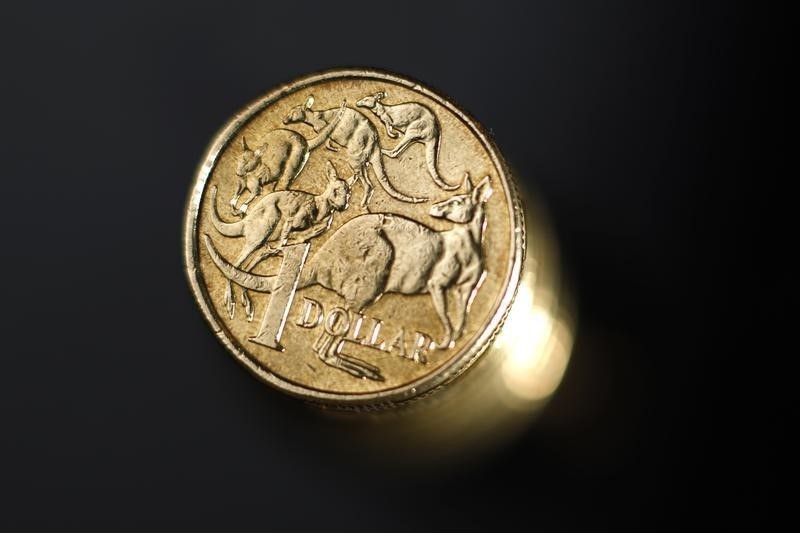By Cecile Lefort and Gyles Beckford
SYDNEY/WELLINGTON, Aug 7 (Reuters) - The Australian dollar inched up on Friday following a sanguine economic statement by the country's central bank, while the New Zealand dollar held above six-year lows ahead of Fonterra's dairy payout.
The Australian dollar gained a quarter of a cent to $0.7376, from $0.7342 in early trade, and looked on track to post a gain of around 1 percent for the week.
It has also risen 1.6 percent this week against the yen and if sustained, it would be the largest this year.
Helping the Aussie was a quarterly report released by the Reserve Bank of Australia (RBA) in which it omitted a prediction that a further drop in the currency was both likely and necessary.
Instead, it noted there was a 'reasonable chance' for the local dollar to fall further once the Federal Reserve started to tighten monetary policy this year.
The RBA also trimmed its economic growth forecast for next year but expected a pick up to above 3 percent in 2017.
"They are telling us they are going to achieve above trend growth with inflation within the band," said Annette Beacher, chief Asia-Pacific macro strategist at TD Securities in Singapore. "It's a confirmation that rates are on hold."
The RBA cut rates to a record low 2.0 percent in May and pricing implies a 40 percent chance of a cut by the end of the year.
The New Zealand dollar NZD=D4 was marking time at around $0.6545 awaiting news on how much dairy giant expects to pay to farmers in the coming year.
Fonterra is expected to slash its payout forecast towards NZ$4.00/kg, from the current NZ$5.25 a kilo of milk solids.
Near term support for the kiwi is at the six-year low of $0.6490 hot earlier this week, with $0.6565 capping the topside.
Kiwi was feeling some pressure from selling against the Aussie, which rose to NZ$1.1261.
New Zealand government bond yields were 3.5 basis points lower.
Australian government bond futures eased in the wake of the RBA statement. The three-year bond contract YTTc1 eased 3 ticks to 97.990, while the 10-year contract lost 2 ticks to 97.1200. (Editing by Kim Coghill)
